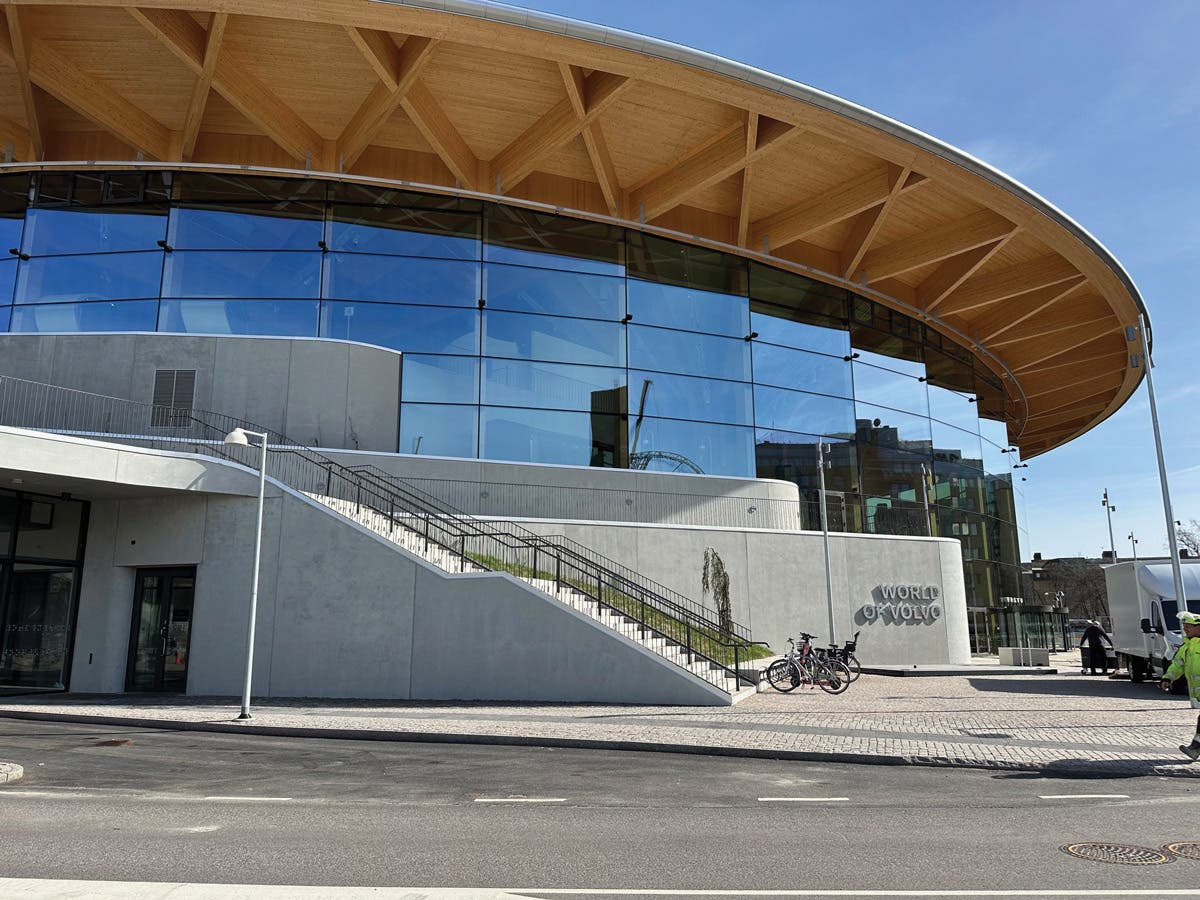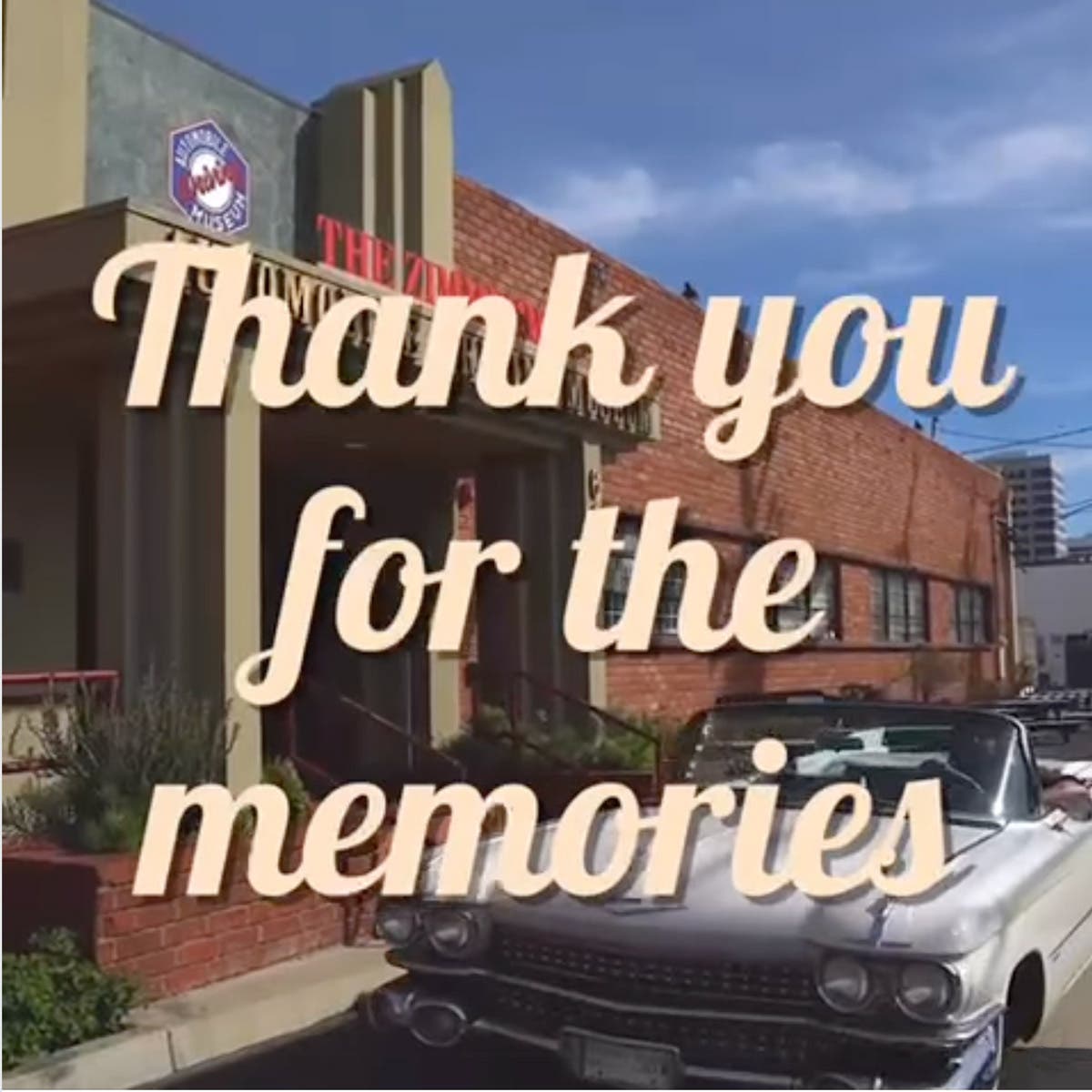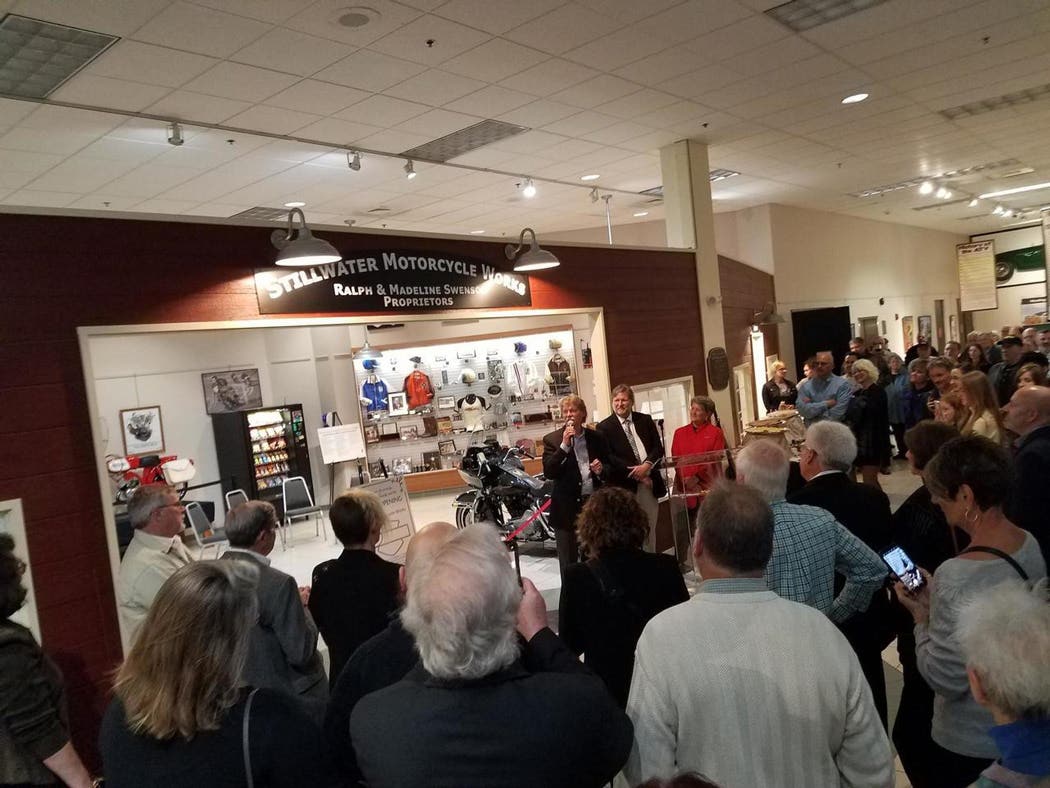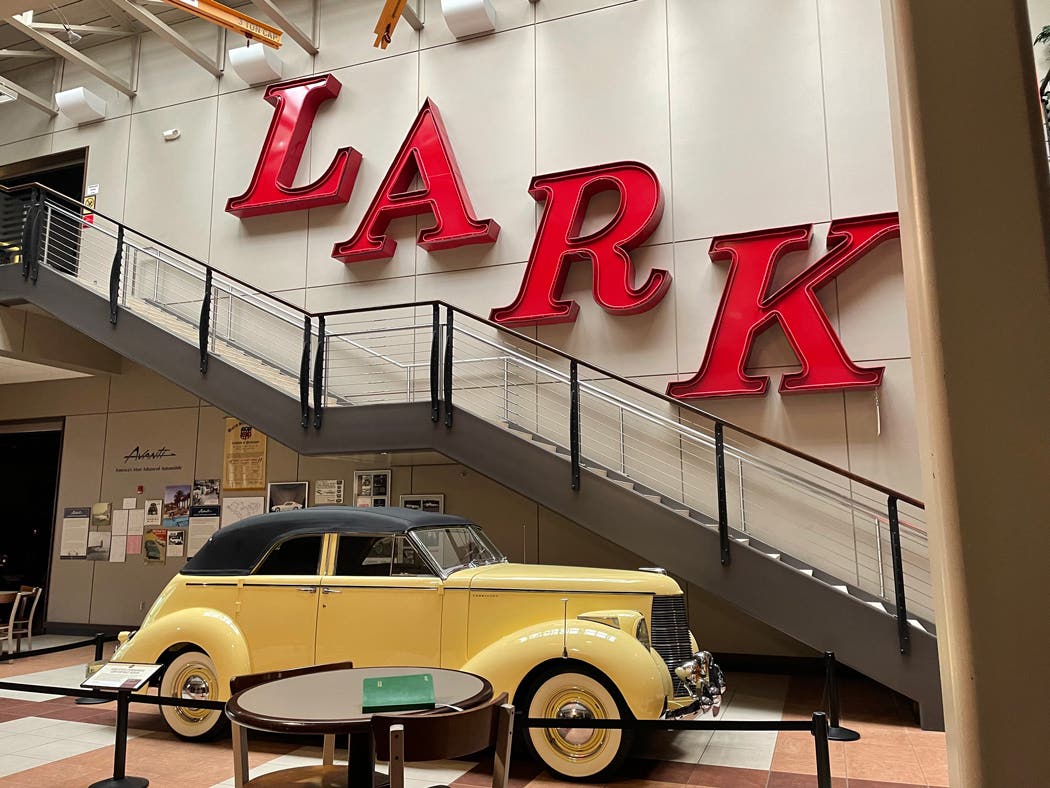Last spring, my wife Trish and I returned from a trip to Brazil and Argentina. Of course, the charms of Copacabana, the majesty of Iguazu Falls and the European ambiance of Buenos Aires were on our list. But for me, the highlight of the trip was a long drive to Museo Fangio, a museum in Balcarce, Argentina, dedicated to Juan Manuel Fangio. I’ll tell you all about it, but first, a little about the great man himself.
Juan Manuel Fangio: The man
Juan Manuel Fangio, five-time Formula 1 World Champion, has long been one of my favorite racing drivers. He hailed from Balcarce, a small city about 250 miles south of Buenos Aires. Starting as a mechanic, his rise to fame was fueled by contributions from hometown supporters and the state-supported Automobile Club of Argentina. Fangio cut his teeth racing stripped-down late-’30s Ford and Chevy coupes—really home-built hot rods—on rugged back roads in multi-country Carretera events such as the International Grand Prix of the North, a grueling 6,000-mile endurance contest from Buenos Aires to Lima, Peru, and back over some of the worst roads imaginable.
While his modified stock car mounts weren’t as sophisticated as the purpose-built cars he would later drive in Europe, Fangio learned car control skills, endurance racing secrets and mechanical repairs under pressure in the years before World War II and immediately afterward. Born in 1911, he started competing in 1934. His prewar racing experience continued for a few years, even as war raged overseas. Competition finally paused in Argentina, and fearful he’d get rusty by being idle, Fangio raced by himself on country roads just to stay in shape.
When World War II ended, Fangio had a lot of lost time to make up. Competing mostly in Chevrolets during 1947 and ’48, he won six times and finished third five times. In 1949, now 38 years old and older than many of his contemporaries, Fangio realized his dream and went to Europe where he astounded racing fans by winning his first Grand Prix at San Remo. Driving a Maserati financed by Aytimobilem Club of Argentina (ACA), he quickly won four more Grand Prix events in succession. The following year, now piloting an Alfa Romeo, he won 11 races and finished second three times to vastly more-experienced Giuseppi “Nino” Farina.
Recognized by 1951 as a serious up and comer, Fangio took a third place while driving a Mercedes-Benz in the Buenos Aires Grand Prix, then won five races and finished second twice in Europe driving an Alfa Romeo to convincingly win his first World Championship. Proving that was no fluke, and now driving a Ferrari, he won six races in succession in 1952. He drove many makes in 1953—Maserati, Gordini, BRM, Alfa Romeo—and he won La Carrera Panamericana, the grueling Mexican road race, in a Lancia. Driving mostly for Mercedes-Benz in 1954, he began a streak of four consecutive World Championships: 1954 and 1955 for Mercedes-Benz, 1956 and 1957 for Ferrari. He piloted a Maserati in 1958 for a few races, then retired for all time.
“I had reached my goal, and realized my ambition,” he would later write. “It was time for me to disappear.”
Reflecting on his career, Fangio made driving look easy. He was well-known for never driving any faster than it took to win. A skilled mechanic, he could inherently feel the car’s engine and suspension. He survived the horrible crash at Le Mans in 1955 thanks to his profound instincts and quick reactions. Greatly revered and universally admired, when Fangio entered a restaurant in his native Argentina, everyone stood as a sign of respect until he was seated.
Stirling Moss wrote the foreword in Fangio’s 1961 autobiography, “My Twenty Years of Racing,” in collaboration with Il Maestro’s friend and manager, Marcello “Giamba” Giambertone. Moss recalled, “There was not one outstanding quality that he possessed; his ability was so complete... it didn’t matter how fast one went—he could always go that much faster... I learnt so much from him. I am sure he was the greatest who ever lived.”
Juan Manuel Fangio: His museum
Now that we’re caught up with a man who was a legend in his own time, it’s time to talk about the museum. The Museo Fangio has an excellent website at www.museofangio.com so it can be virtually visited. I used it to email the director before my in-person visit. Sr. Augusto Cuestas kindly wrote back and encouraged me to come. Trish and I rented a Renault Sandero compact sedan via National Rental Car and used Google Maps for navigation to the museum. The pleasant 250-mile drive south, mostly on a four-lane highway populated by a lot of “widow maker” double trailers, rolls past field after field, dotted with seemingly every cow in Argentina.
A small city, Balcarce, is replete with agriculture-oriented businesses. Easy to find, the 50,000-sq.-ft. Museo Fangio is a handsome building located on a side street. Contained within are more than 50 cars arranged on several floors. These cars range from Fangio’s cross-country, stripped-down Ford and Chevrolet racing coupes from his prewar days to sleek Mercedes-Benz 196s (an open-wheel F1 car and a streamlined 196R) and several contemporary racing cars. “El Maestro” drove for many European marques. At least one example of each marque is on display, along with dozens of trophies and awards. They kindly asked me to hold one of Fangio’s cork helmets to inspect. It was still dented from an accident long ago. And they generously put us up at El Casco de Fangio, a lovely estancia (cattle ranch) just outside of the city.
Of particular interest was Fangio’s early Chevrolet Special, a home-built monoposto from the postwar era powered by a modified Chevy six. Recalling Fangio’s Mercedes-Benz affiliation (he later became a Mercedes-Benz dealer), there’s an enclosed, streamlined Mercedes Formula I car from 1955 resting on a display platform. Fangio and his British teammate, Stirling Moss, raced cars such as this in 1955 and ’56. Depending upon the track requirements, Mercedes-Benz’s drivers piloted radical, fully enclosed cars and conventional open-wheel single-seaters. They won in both types.
On floor after floor, I enjoyed seeing the variety of cars that Fangio drove. There’s a Lancia D24 roadster from the terrifying La Carrera Panamericana. Dwelling on his many years of road racing across South America, Fangio won that multi-day contest in a Lancia roadster in 1953. You can inspect a rare Lancia-Ferrari D50 Formula 1 car with its deadly side pannier fuel tanks; a sleek, early Ferrari F1 racer in blue and yellow Argentine racing livery; a scarlet Maserati 250F; and much more. A recreation of the Mercedes-Benz high-speed transporter, with a 300 SLR atop its bed, is a reminder of the years when factory teams used trucks and purpose-built carriers to travel overnight from race to race in Europe.
There are also many Carretera Argentina race cars, both Fords and Chevrolets. I was generously offered a drive in Fangio’s 1939 Chevrolet. The “stock car”-type formula allowed builders to reduce weight by trimming fenders, reshaping hoods and fabricating canvas deck lids. The saved weight could be added back in the form of roll bars, larger fuel tanks and remote oil reservoirs to maintain the car’s original weight. And the trimmed fenders prevented a mud buildup.
I enjoyed a quick blast in the Chevy on the surrounding dirt roads. With a deafening straight exhaust, the stiffly suspended Chevy scrabbled over the corrugated surface, vibrating and sliding. I could only image the strength and talent required to drive one of these bone-shaking cars for days at a time in cross-country races.
The sheer number of racing cars and awards on display at the Museo Fangio attest to the unparalleled success of the remarkable man it honors. Juan Manuel Fangio died at age 84 in 1995, and he was initially buried in a cemetery in Balcarce. A few years ago, his remains were exhumed and he now rests in a dedicated area of the museum.
I wholeheartedly recommend a visit to the Museo Fangio. You’ll come away with even more respect for this quiet Argentinian who became a legend in his lifetime.
Forza Fangio!
Meeting the Man
I met Juan Fangio in person many years ago courtesy of Mercedes-Benz. He was signing posters after a press dinner at the Pebble Beach Concours d’Elegance. I waited to have my poster signed, rehearsing the words I wanted to say. At last, when my turn came, I introduced myself, said my little admiration speech in rusty Spanish and thanked him. He looked up and said, “Your Spanish is good. Where did you learn?” I replied that I had worked part time in Spain and Venezuela, but really my Spanish was only proficient after a couple of drinks. He smiled and said, “you must have had a lot to drink tonight.”
If you like stories like these and other classic car features, check out Old Cars magazine. CLICK HERE to subscribe.
Want a taste of Old Cars magazine first? Sign up for our weekly e-newsletter and get a FREE complimentary digital issue download of our print magazine.
*As an Amazon Associate, Old Cars earns from qualifying purchases.








